HVCRC® cores have an embedded galvanic corrosion barrier (as per ASTM B987 standard) in the form of a glass fiber external layer, while 100% carbon fiber cores rely on an aluminum tubing for galvanic corrosion protection.
The glass fiber layer on HVCRC® cores is directly made in the pultrusion process during the core manufacturing, which makes it very economical and reliable.
Solutions with and aluminum-tubing require an additional manufacturing step with a specific process (such as extrusion or continuous welding). This is a technically proven solution, but this extra step makes aluminum-tubing solutions more complex from an engineering and industrial perspective, and therefore more costly.
However, using a 100% carbon fiber core with aluminum tubing does have benefits, such as a slightly higher tensile strength and E modulus. This can be especially useful in lines with ice load requirements, for example.
At Epsilon, we manufacture both types of cores depending on utilities specific requirements. We supply hybrid carbon-glass fiber profiles (such as HVCRC®) to our stranding partners, and we supply 100% carbon fiber cores to innovative stranders who designed their own HTLS technology (such as Nexans and De Angeli Prodotti).
